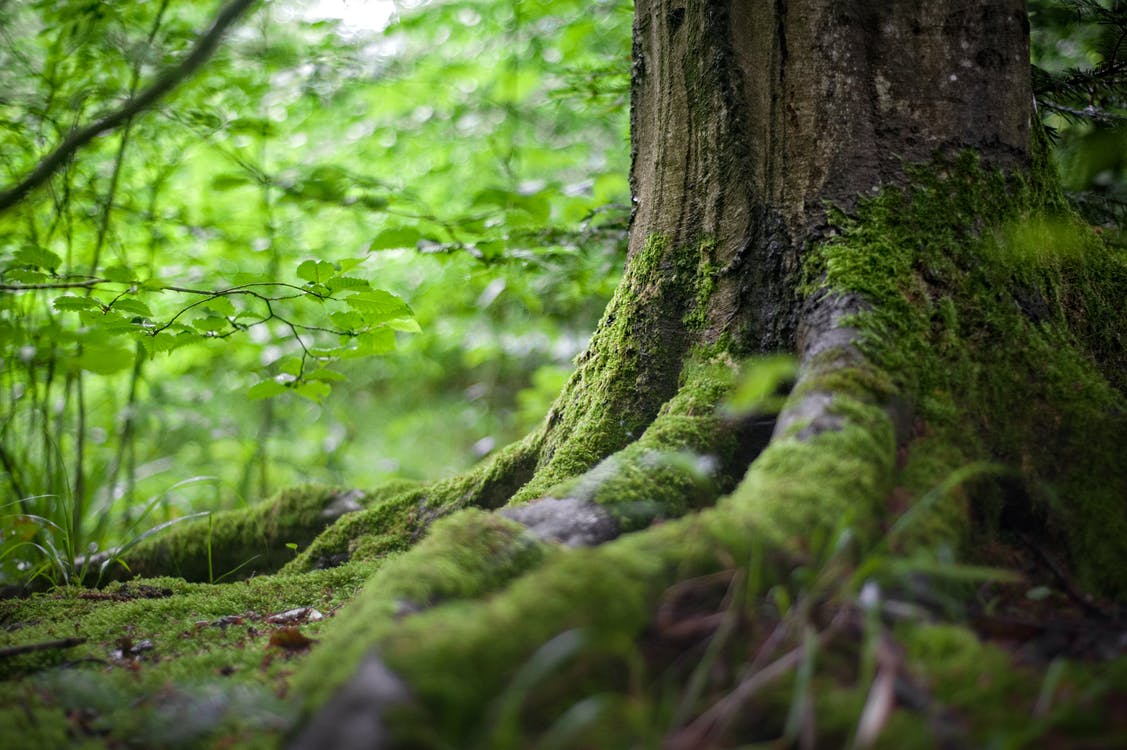
Office fitouts: Going natural
Let’s face it. No one associated with the design industry would be in business if it wasn’t for ‘fashion’ tendencies. Shifting tastes in colours, materials and form keep us all in gainful employment.
And hot right now are natural materials and finishes.
But then again do they ever really go out of fashion?
Find me a person who doesn’t appreciate the warmth and sophistication of timber or the tactility of a high-quality leather.
Today’s article explores just why we humans gravitate towards natural materials; and how to specify ‘natural’ in your next furniture fitout.
What’s so special about natural finishes?
One word. Biophilia. The idea that humans have an innate tendency to seek connections with nature. It helps explain why crackling fires and crashing waves captivate us; or why a garden view can enhance our creativity. And ultimately why we are drawn to nature-based products and finishes.
When you think about it, artists and designers have been incorporating natural elements and inspiration into their work forever.
And design legends like Frank Lloyd Wright used wood grain and stone texture extensively as decorative elements. Wright also opened up interiors to let nature flow through houses (an extreme example being the balcony cantilevering out over the waterfall at Fallingwater).
So how can you get more of this natural appeal into your furniture choices?
3 ways to specify natural in your next furniture fit out

1. Use wood accents on furniture
Wood is one of the most widely used natural materials in the workplace. Wood’s naturalness and warmth, it’s durability and soft tactility give it wide and enduring appeal and aspirational status. An inherent dignity that outlasts many design trends.
And wood not only looks good, it can also help us work better. According to a study conducted by architectural firm HOK, sensory stimulation (which wood offers both visually and tactilely), has a positive impact on worker productivity. Just a visual change in texture can keep workers more alert.
Here are some ideas for specifying wood in furniture:
– Wooden tables
– Wooden stools
– Wooden tops for tables, worktops, benches, storage, stools
– Wooden legs for tables, chairs, stools


2. Use leather and or wool upholstery
Leather is a natural material that can bring a timeless beauty to any space, as well as a touch of luxury and status. Perhaps it’s appeal is due to the fact that it affects all our senses — sight, touch and even smell and sound.
Leather has outstanding durability and at the same time, becomes more supple and develops character as it ages. This durability and graceful aging characteristic is also shared with wool.
Wool fibres have a built-in ‘memory’ that allows them to recover to their original shape even after stretching over 30%. Wool also has natural anti-static qualities which help repel lint, dirt and dust from its surface. So wool will stay cleaner for longer than other fabrics.
Ideas for specifying leather or wool in furniture:
– Task chair upholstery
– Breakout furniture upholstery
– Storage topper upholstery
– Screen upholstery


3. Use moss on the walls
Reindeer moss is a natural moss that is sustainably hand-picked from the forest and mountain areas of Scandinavia. It’s then stabilised using various salts and made into panels for use in interior fit outs.
Reindeer Moss provides excellent sound absorption and also has air purification qualities. Add to this it’s visual wow factor and soft spongy feel and it ticks all the biophilia boxes.
Ideas for using Reindeer Moss:
– Wall panels
– Wall art
– Ceiling panels

Our mission at Crestline Furniture Systems is to help create vibrant and effective workspaces where people love to work. Want to find out more? Give us a call on 0508 993 993 or email info@crestline.co.nz
